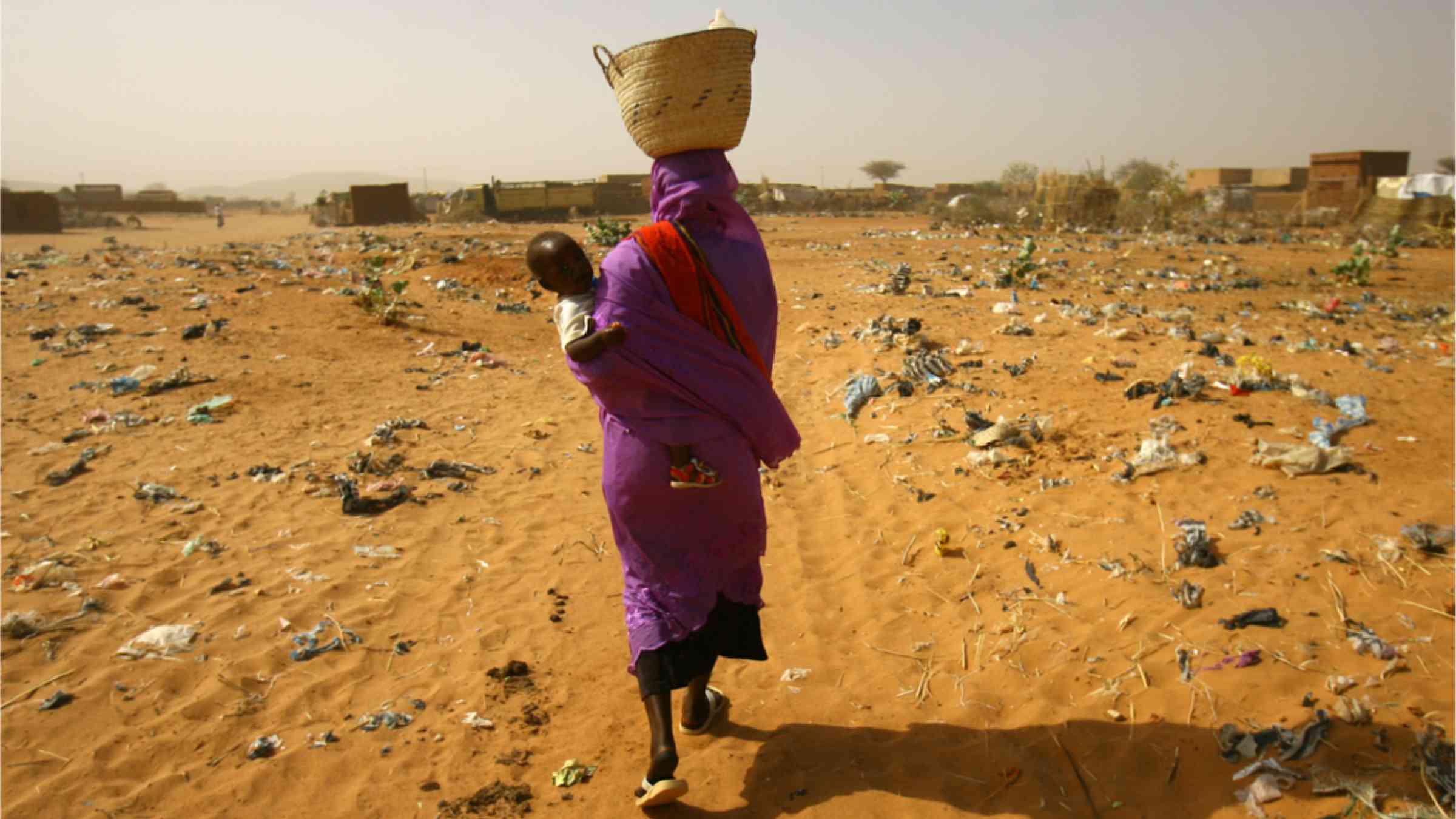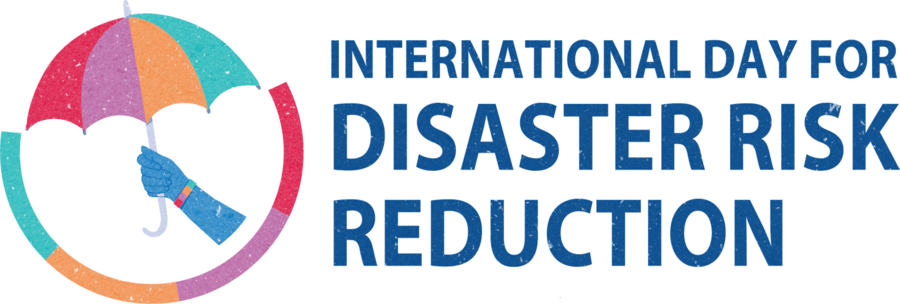In face of conflict, project helps Sudanese villages capture scarce rainwater

It was something many in the village of Wada’a, Sudan, had never seen before.
A couple of months ago, workers began channeling water from a small dam-like structure into the parched farmland surrounding the community of 17,000, which is in the state of North Darfur. In another place or at another time, this simple act of irrigation might not have seemed remarkable.
But the dam’s completion came as Sudan tipped into armed conflict, with fighting erupting across several parts of the country, including El Fasher, the capital of North Darfur State.
The dam project – led by the United Nations Environment Programme (UNEP) – has buoyed Wada’a residents, who have long struggled with drought.
These include farmer Ahmed Mohamed El Doma, who routinely travelled five hours a day on donkey back to retrieve water from other villages.
“Wada’a dam is our hope now to end all this misery,” he said.
The International Day for Disaster Risk Reduction falls on 13 October and is designed to cast a spotlight on communities like Wada’a struggling with inequality and the climate crisis.
Wada’a sits in the Sahel, an arid ribbon of land that skirts the southern edge of the Sahara Desert and runs the width of Africa. The region is on the frontlines of the climate crisis, as dwindling rains in many places are driving the desert southward. Even with ambitious policies to slow climate change, the region could warm by a potentially catastrophic 2.8°C by 2080.
The Darfur region has experienced a surge in droughts since the 1970s, which has had far-reaching consequences for communities, who largely farm and rear livestock. Water shortages have sparked fighting in what has been called the world’s first climate change conflict.
To counter the water shortages and foster peace, UNEP launched in 2013 an integrated project to improve water management in the catchment area around the Wadi El Ku River. This seasonal waterway slices through North Darfur and supports 700,000 people, including many who farm watermelon and a variety of vegetables.
A second phase, funded by the European Union, began in 2019 in partnership with the Sudanese Government and Practical Action, a non-governmental organization. It stands to benefit 120,000 households. The project is part of a larger UNEP effort to help communities in developing countries adapt to climate change. Developing countries will need up to US$340 billion a year by 2030 to contend with rising seas, extreme weather and other climate-related fallout.
Among the project’s goals is the rehabilitation of Wada’a dam and the construction of two other weirs in nearby communities, Edelbida’a and Kusa. Weirs are barriers that spread out the flow of water along a river, allowing it to filter into nearby fields. Unlike dams, they do not completely block a river.
Along with watering fields, weirs can provide drinking water, recharge groundwater levels, counter erosion by slowing a river’s flow and reduce the impact of disasters, such as drought.
Communities hoped the weirs would be finished by Sudan’s rainy season, which starts in June. That is when the normally dry valley floor that is Wadi El Ku is saturated with water.
When fighting erupted on April 15 between two factions vying for control of Sudan, fears spread that the dam would be delayed and Wada’a farmers would miss the growing season.
The teams faced challenges linked to displacement, fuel shortages, transport difficulties and supply chain issues that hindered the weir construction and rehabilitation process.
But those involved say the project’s inclusive governance structure – which features the participation of communities, technical experts, community-based organizations, and state and federal officials – insulated the project from some of the conflict’s fallout.
By the time the rainy season rolled in, the dam at Wada’a was finished. The two other weirs were partially built but still allowed for some collection and distribution of water.
“This project had taught us valuable lessons,” said Awdallah Hamid, Project Manager for Practical Action. “One of the most important was that establishing a robust governance structure for natural resources management might initially slow down progress but it paid dividends in the long run, especially in times of crisis like the ongoing conflict.”
